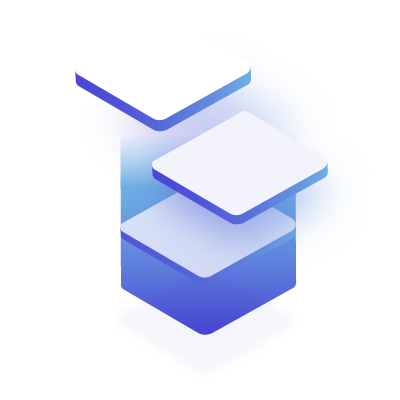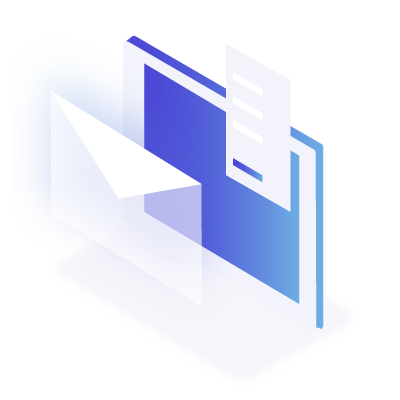
We’re The Digital Marketing Agency
Looking to grow your online presence, engage your audience, and drive results? We specialize in



Web Development
Website Design with Data Base & Install Divi and Elementor
Involves creating and maintaining websites, encompassing various aspects such as web design, web programming, database management, and web performance optimization. Below is an overview of the main components involved in.
Web Development and Progrming Data Base
“Web Development Databases: SQL, NoSQL, CRUD Operations, Optimization, Scaling, Security, Design Principles, and Real-Time Integration”

Front-End Development
The front-end refers to the user interface (UI) and everything the user interacts with directly on the website. Front-end developers work with:
Languages & Technologies:
HTML (HyperText Markup Language): Defines the structure and content of a webpage.
CSS (Cascading Style Sheets): Styles the content, such as layout, colors, and fonts.
JavaScript: Adds interactivity and dynamic content to the website.

Frameworks & Libraries:
React.js: A library for building user interfaces, focusing on component-based architecture.
Vue.js: A progressive JavaScript framework for building UIs and single-page applications.
Bootstrap: A CSS framework for responsive design.
Tailwind CSS: A utility-first CSS framework for rapid UI development.
Tools:
Version Control Systems (e.g., Git)
Build Tools (e.g., Webpack, Vite)

Back-End Development
The back-end refers to the server side of a website, handling data, logic, and integration.
Languages:
Python (e.g., Flask, Django)
JavaScript (Node.js)
PHP (Laravel, CodeIgniter)
Ruby (Ruby on Rails)
Java (Spring Boot)
Databases:
Relational Databases: MySQL, PostgreSQL
NoSQL Databases: MongoDB, DynamoDB

Full-Stack Development
Full-stack developers work on both the front-end and back-end of a website. They often use frameworks or stacks like:
MEAN Stack: MongoDB, Express.js, Angular, Node.js
MERN Stack: MongoDB, Express.js, React, Node.js
LAMP Stack: Linux, Apache, MySQL, PHP
APIs:
RESTful APIs
GraphQL
Server Management:
Managing server environments (e.g., Nginx, Apache)
Cloud services (e.g., AWS, Azure, Google Cloud)

Full-Stack Development
Full-stack developers work on both the front-end and back-end of a website. They often use frameworks or stacks like:
MEAN Stack: MongoDB, Express.js, Angular, Node.js
MERN Stack: MongoDB, Express.js, React, Node.js
LAMP Stack: Linux, Apache, MySQL, PHP

Web Design
Web design focuses on the aesthetics and usability of the website:
UI/UX Design:
UI (User Interface): Layout and design elements
UX (User Experience): Ensures the website is user-friendly.
Tools:
Adobe XD, Figma, Sketch

Testing and Deployment
Testing ensures the website works correctly across devices and browsers.
Testing Tools:
Unit Testing: Jest, Mocha
Integration Testing: Cypress, Selenium
Deployment:
Continuous Integration/Continuous Deployment (CI/CD) tools (e.g., Jenkins, GitHub Actions)
Hosting platforms (e.g., Netlify, Vercel, AWS)

Key Concepts in Modern Web Development
Responsive Design: Optimizing websites for mobile, tablet, and desktop views.
Progressive Web Apps (PWA): Web applications with offline capabilities and a native app-like experience.
SEO Optimization: Enhancing visibility in search engines.
Web Performance Optimization: Reducing load times and improving user experience.
Designing a Website on WordPress Using Divi and Elementor
Divi is one of the most versatile and powerful WordPress themes, developed by Elegant Themes. Its visual builder allows users to create professional, responsive websites without requiring coding knowledge.
”Installing
Global Design Settings:
Navigate to Divi > Theme Options for global settings like colors, typography, and logos.
Style Customization:
Inside the visual editor, click on any module and use the Design Tab to adjust:
Fonts
Colors
Shadows
Animations
Margins and padding
Responsive Design:
Divi allows you to preview and customize designs for desktop, tablet, and mobile views.

Exploring Divi Builder
Divi Builder provides a drag-and-drop visual editor to design your website in real time.
Sections: The largest building blocks, used to divide your layout into different areas (e.g., hero section, footer).
Rows: Contained within sections and provide column-based structures.
Modules: Functional elements like text, images, sliders, forms, and buttons.
”Designing
SEO Settings:
Use plugins like Yoast SEO or Rank Math alongside Divi for better search engine optimization.
Optimize for Speed:
Enable Static CSS File Generation under Divi > Theme Options.
Use caching plugins like WP Rocket for improved load times.
”Adding
Import Layouts:
Download Divi layouts from Elegant Themes or third-party sources.
Go to Divi > Divi Library, then click Import & Export.
Export Your Design:
Save your design as a reusable template:
In the Divi Library, click Export to save the layout as a .abc file.
Finalizing and Publishing
Test Responsiveness:
Use Divi’s responsive preview or test on multiple devices.
Launch the Website:
Once satisfied, publish all pages.
Set the homepage via Settings > Reading.
Regular Updates:
Keep the Divi theme and WordPress updated for security and performance improvements.
Web Designing & SEO
Web design and SEO work together to create impactful online experiences. Web design ensures visually appealing, user-friendly sites, while SEO optimizes content and structure for search engines. This combination boosts visibility, enhances user engagement, and drives organic traffic, making it essential for businesses aiming to establish a strong digital presence.
Contact Us
Cell on WhatsAPP +92 3357201808
DT Tower 3rd floor Bahria Town Karachi Pakistan
Monday – Friday: 11 am – 9.00 pm
Saturday – Sunday: 11 am – 5.00 pm
